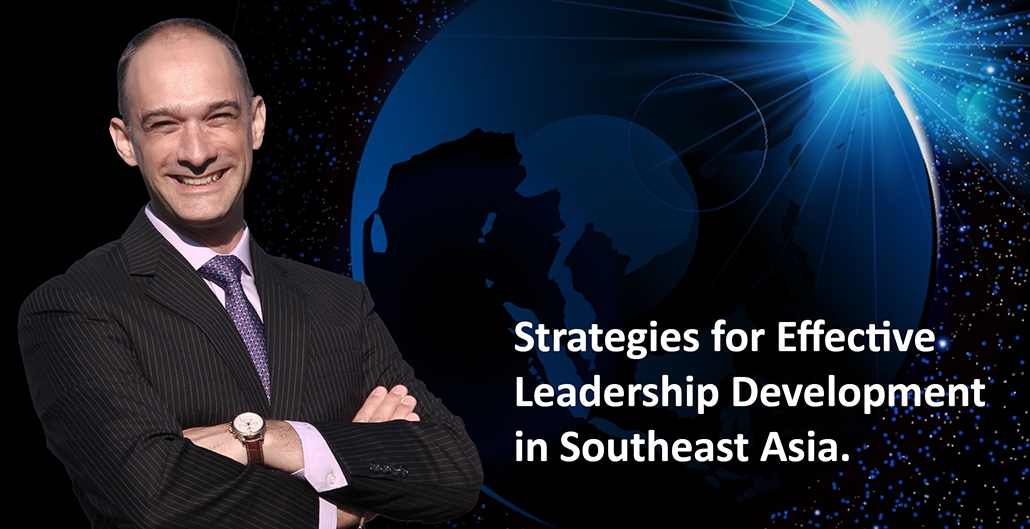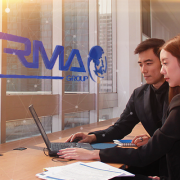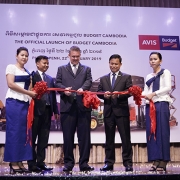Strategies for Effective Leadership Development in Southeast Asia
By Jean-Boris Roux, Vice President Food Services, EFG
The Association of Southeast Asian Nations (ASEAN) is a booming region estimated to become the fourth-largest economy by 2050. Because of the market’s recent and rapid growth, combined with the diversity of languages and cultures of each country, companies operating in ASEAN can face hurdles sourcing leadership talent. While many companies look towards expatriates to fill these roles, there is also a growing demand for local executives. In all cases, there is a need to ensure that effective leadership is implemented in one of the most rapidly growing regional economies.
Leadership development is a new avenue in the ASEAN market. There are certain strategies that are necessary for executives to implement in order to lead successfully across the region. Besides being able to manage while understanding each country’s respective culture, leaders should aim to build transparency within the company, move throughout the region at key phases in their career, assess their project every few years, understand multiple aspects of their company’s operations and harness networking opportunities.
Southeast Asia is comprised of eleven countries, all with their own diverse societal, religious and linguistic cultures. Company executives need to be able to productively lead while respecting and understanding the values of both their employees and customers in order to cultivate a successful workplace.
Saving face is a common value in Southeast Asia, where local employees would rather avoid confrontation to preserve dignity. This can be a roadblock for some leaders who aren’t sure if they should conform to those local values or implement a more Western company culture, where freedom of speech is encouraged. Emerging leaders should remain open about speaking their mind freely and be able to admit their own faults, to encourage employees to apply more transparency as well. This style of leadership helps build a strong company culture where ideas or concerns can be exchanged openly.
Executives working with multinational corporations should move around ASEAN at important levels of their career to give themselves a comprehensive outlook of the region. Since the formation of ASEAN in 1967, Southeast Asia has been economically integrating at a fast pace, with more countries proposing and participating in bilateral free trade agreements. This gives skilled leaders an opportune advantage to take their jobs across borders, growing value for themselves and their company.
Because of the rapid economic growth and precarious political stability the region faces, newer leaders should be reassessing their strategies and development every two to three years and adjust accordingly. Sometimes this requires reconsidering and updating goals, therefore successful executives are those who can learn to be flexible.
Effective leaders are those who not only understand how ASEAN countries operate but also have a comprehensive understanding of how their own company functions past their assigned department. Companies should provide newer leaders with opportunities to step out of their comfort zone and test their knowledge in different aspects of the business.
Networking in the ASEAN region is fundamental for leaders to further their career and gain a better scope of the working landscape. Many countries, such as Thailand, offer large professional networking groups, especially for the expatriate community. It is common to get together outside of the office to build working relations, and these can be more valuable than in-office meetings.
With these different strategic tools, companies should have a better idea on how to build effective leaders in Southeast Asia. As the search for talent continues to grow in the booming region, leadership development is an avenue that cannot be ignored.










